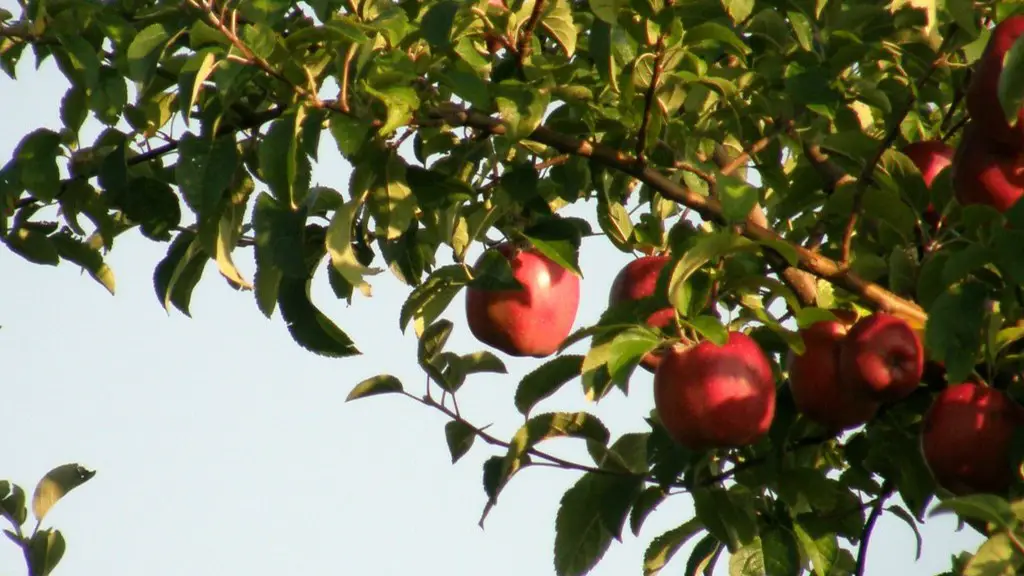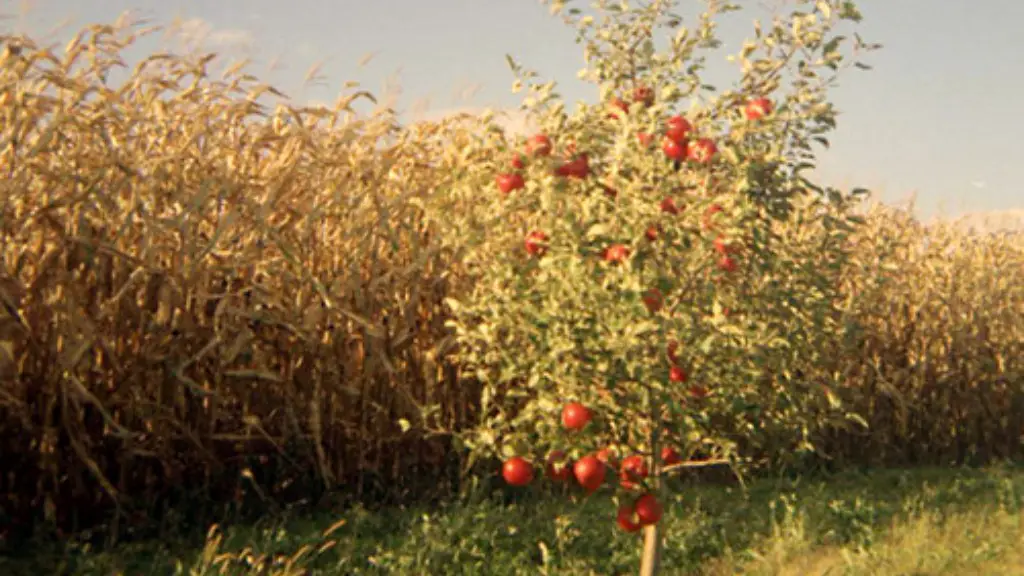Need for Avocado Trees
Avocados are one of the most popular and widely consumed fruits. They are filled with healthy vitamins and minerals and are a key component of a balanced diet. Furthermore, they are a great source of healthy fats and are widely used in various dishes and recipes. Hence, it is no surprise that the demand for avocados has been on the rise recently. This is why many people are looking for ways to grow their own avocados and reap the benefits of their abundance.
Understanding Avocado Trees
Avocado trees, like many other plants, have their unique and specific needs. They require specific growing conditions, the right soil, and a good amount of sunlight and water in order to thrive. Furthermore, the trees need to be planted in an appropriate climate, as avocados cannot grow in extremely cold or hot weather. Most importantly, avocados need to be planted in good quality soil in order to produce more healthy and tasty fruits.
Choosing The Right Location For Planting
The best place to plant an avocado tree is in a sunny spot, preferably in the south of your property. The tree should be exposed to full sun and away from other trees and plants, as the branches of the avocado tree can grow up to 25 feet in height. When selecting a spot for planting the tree, it is best to select a spot that has plenty of water, as the tree needs a good amount of water in order to grow.
Preparing The Soil and Planting The Tree
The soil needs to be well nourished in order to ensure the proper growth of the avocado tree. The soil should be well-drained, nutrient-rich, and slightly acidic with a PH of 6 to 6.5. The soil should also contain some organic matter such as compost and mulch, which will help to retain water and improve drainage. After the soil is prepared, the avocado tree can then be planted. It’s important to avoid planting the avocado tree too deep, or else it may not grow properly.
Fertilizing and Watering The Tree
Once the avocado tree has been planted and is growing, it will need to be fertilized in order to ensure proper growth. Organic fertilizer is the best option, as it provides the necessary nutrients without any synthetic additives. Additionally, the tree will need to be watered regularly, as it needs at least an inch of water a week.
Pruning The Tree
Pruning is essential for the health of an avocado tree, as it helps to keep the growth in check, improve air circulation and light penetration, and lessen the chances of disease. The best time to prune is when the tree has finished its fruiting stage, as the old branches that have already borne fruit can be removed. It’s important to use sharp pruning tools, as dull tools can cause injuries to the tree.
Protecting The Tree From Pests
Avocado trees can be susceptible to pests, including mealybugs, scale insects, and aphids. In order to keep these pests away, it is necessary to use insecticidal soap or another form of insecticide to protect the tree. Additionally, the tree should be monitored regularly for signs of pests or diseases.
Harvesting Avocados
Depending on the type of avocado tree, the fruits can take anywhere from 10 to 18 months to reach maturity. Once the fruits become ripe, they can be harvested carefully using a pair of garden shears or pruning shears. The harvested fruits can then be enjoyed fresh or used in various dishes and recipes.
Advantages of Growing Avocado Trees
Avocado trees not only produce delicious fruits, but they can also offer numerous benefits to gardeners. They help to provide shade, which can reduce the temperature of a garden in the summer months. Additionally, the trees are very easy to care for and require minimal maintenance. Lastly, growing an avocado tree is an excellent way to enjoy an abundance of fresh, healthy fruits for many years to come.
Organic Fertilizers
Organic fertilizers are an ideal choice for avocado trees. Unlike synthetic fertilizers, organic fertilizers are derived from natural sources and contain no additives or harsh chemicals. Furthermore, organic fertilizers are better for the environment, as they are composed of natural materials that can cycle back into the soil and help to replenish it.
Consistent Irrigation
Water is essential for a healthy avocado tree, and it must be given regularly in order to ensure proper growth and optimal yields. The tree should be watered every week, with an inch of water a week being sufficient. It’s important to ensure that the water is distributed evenly, as uneven irrigation can cause root rot, which can lead to damage to the tree.
Identifying and Managing Diseases
Avocado trees can be susceptible to different types of diseases, such as root rot, leaf spot, and crown rot. It’s important to inspect the tree regularly for any signs of disease in order to address the problem as quickly as possible. Additionally, good maintenance practices such as proper pruning and efficient irrigation can help to lessen the chances of disease.
Training and Pruning
Training and pruning are essential for healthy avocado trees. Proper pruning helps to keep the size of the tree in check, while training helps to encourage growth along a desired shape. Additionally, pruning helps to keep the tree healthy by removing dead, diseased, and damaged branches. Proper training and pruning can also help to reduce the risk of pests and diseases.
Conclusion
Growing an avocado tree requires effort and dedication, but the rewards are abundant. Avocado trees provide an abundance of delicious and nutritious fruits that can be enjoyed in a variety of ways. Additionally, the trees help to enhance the beauty of any garden, as well as providing shade in the summer months. With the right knowledge and care, growing an avocado tree can be a rewarding and enjoyable experience.


